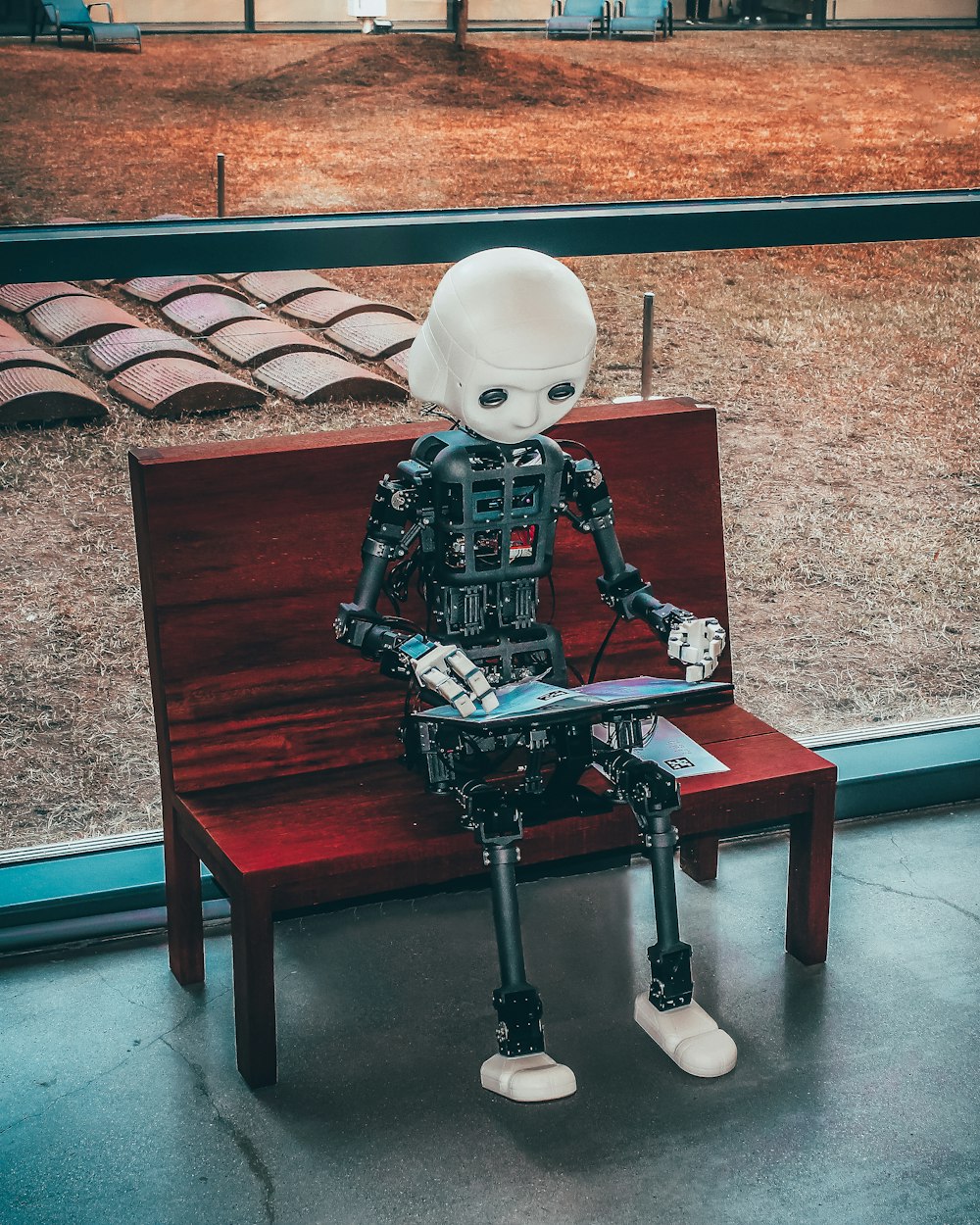The Hidden Architecture of Life
How Nature's Blueprint Guides Nanoscale Self-Assembly
Article Navigation
In the natural world, complex structures emerge from simplicity: snowflakes crystallize, proteins fold, and cells organize—all through self-assembly. Today, scientists are harnessing this principle to build inorganic nanoparticles into precision tools for medicine, computing, and agriculture. This silent revolution, unfolding at the nanoscale, promises to redefine technology from the ground up—ab ovo (from the egg).
The Building Blocks of Tomorrow
Nanoparticles are inorganic materials like metals, metal oxides, or quantum dots, typically 1–100 nanometers in size. Their power lies in size-dependent properties: gold nanoparticles appear red, iron oxide becomes magnetic, and silicon turns fluorescent. Yet, individual particles are limited. Self-assembly—where particles autonomously organize via intermolecular forces—creates collective behaviors impossible in isolated units 1 8 .
Nanoparticle Dimensions
| Shape | Size Range | Applications |
|---|---|---|
| 0D (Spheres) | 2–20 nm | Bioimaging, Drug Delivery |
| 1D (Rods/Tubes) | 10–120 nm | Phototherapy, Tissue Engineering |
| 2D (Sheets) | Atomic layers | Biosensing, Energy Storage |
| 3D (Lattices) | >100 nm | Catalysis, Nanoreactors |
Featured Experiment: Nature's Nanocapsules for Sustainable Agriculture
In 2025, researchers tackled a global challenge: eco-friendly pesticides. Curcumin—a natural compound in turmeric—has potent antimicrobial properties but poor water solubility. The solution? Zinc oxide nanoparticle-driven self-assembly 6 .
Methodology
- Mixing: Curcumin and 50 nm zinc oxide nanoparticles (ZnO NPs) combined in water.
- Induced Assembly: ZnO's surface charge (-20 mV) attracted curcumin molecules.
- Morphogenesis: Curcumin enveloped ZnO cores, forming hollow nanocapsules.
- Stabilization: Polydopamine coating for UV protection 6 .
Results
- Enhanced Bioactivity: 95% inhibition vs. 40% for raw curcumin.
- Environmental Resilience: Washing resistance increased by 300%.
- Reduced Toxicity: Plant toxicity cut by 70% 6 .
Performance Comparison
| Parameter | Nanocapsules | Free Curcumin | Synthetic Pesticide |
|---|---|---|---|
| Bacterial Inhibition | 95% | 40% | 98% |
| Washing Resistance | High | Low | Medium |
| Rice Toxicity | Low | None | High |
| Cost per Acre | $12 | $8 | $25 |

Nanoparticles being applied in agricultural research
The Scientist's Toolkit: Essentials for Nano-Self-Assembly
| Reagent/Material | Role | Example Use Case |
|---|---|---|
| Zinc Oxide Nanoparticles | Assembly template; charge modulator | Curcumin nanocapsule formation 6 |
| DNA Oligomers | Programmable "glue" via base pairing | 3D superlattices 5 |
| Polymer Ligands | Stabilize particles; tune flexibility | Flexible electronics |
| Solvent Evaporation Chamber | Controls assembly kinetics | Large-area nanosheets 8 |
| AI Prediction Platforms | Model toxicity/structure relationships | Safer nanomedicines 4 |
Beyond the Lab: AI-Guided Design and Quantum Futures
The next frontier is programmable assembly. Researchers now treat nanoparticles like binary code ("0s" and "1s"), using DNA origami or external fields to dictate positions. At Rutgers, scientists merged two "impossible" materials—dysprosium titanate (hosting magnetic monopoles) and pyrochlore iridate (with Weyl fermions)—into a quantum sandwich. This structure could enable error-resistant qubits for quantum computing 9 .
DNA-Guided Assembly
DNA strands act as programmable "glue" to position nanoparticles with atomic precision, enabling complex 3D architectures 5 .

Quantum computing research using nanoparticle assemblies
Challenges: Balancing Promise and Precaution
Conclusion: Lessons from Nature's Workshop
Self-assembly of inorganic nanoparticles mirrors life's own construction: simple rules yield complex, functional architectures. From healing diseases to growing resilient crops, this ab ovo approach—building from the basics—ushers in a new era of material design. As researchers decode nature's blueprints, they unlock technologies once confined to science fiction, proving that the smallest blocks can build the grandest futures.
"In every grain of matter lies a universe of possibilities—waiting to assemble."